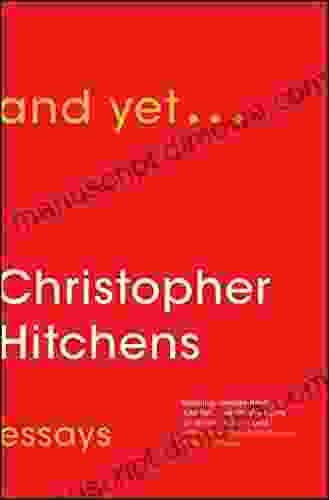Delving into the Fabric of Infinity: The Structure of the Real Line

Prepare to embark on an intellectual journey that will challenge your perception of numbers and ignite a profound understanding of mathematical infinity. 'The Structure of the Real Line' by Wacław Sierpiński is a masterpiece that unveils the intricate tapestry of the real line, a concept that underpins much of modern mathematics.
5 out of 5
| Language | : | English |
| File size | : | 16226 KB |
| Print length | : | 556 pages |
| Screen Reader | : | Supported |
In this comprehensive and engaging article, we will delve into the key concepts explored in Sierpiński's seminal work. We will unravel the structure of the real line, uncover its surprising properties, and appreciate the profound implications it holds for our understanding of mathematics and the universe.
The Genesis of the Real Line
The concept of the real line has evolved over centuries, from the intuitive notion of numbers representing lengths to the rigorous mathematical framework we know today. The real line encompasses all rational numbers (fractions) and irrational numbers (non-repeating decimals),forming a continuous spectrum of values.
Sierpiński's book takes us back to the origins of the real line, tracing its development from the ancient Greeks to the 19th century. We witness the gradual refinement of the concept, from Eudoxus's method of exhaustion to Cantor's set theory.
Unveiling the Cantor Set
One of the most intriguing aspects of the real line is its uncountability, meaning it contains infinitely more numbers than the set of natural numbers. Sierpiński's book introduces us to the Cantor set, a fractal with a remarkable property: it is uncountable yet has zero length.
Through meticulously crafted arguments, Sierpiński demonstrates the counterintuitive nature of the Cantor set. It challenges our preconceptions about the relationship between size and infinity, opening up new avenues of mathematical exploration.
The Power of Transcendental Numbers
The real line is not only home to rational and irrational numbers; it also harbors transcendental numbers, which cannot be expressed as roots of any algebraic equation. Sierpiński delves into the fascinating world of transcendental numbers, introducing us to Liouville's theorem and the profound implications it holds for the nature of mathematics.
The existence of transcendental numbers shatters the long-held belief that all numbers could be defined algebraically. It expands the boundaries of our mathematical toolkit and opens up tantalizing questions about the limits of our understanding of numbers.
Implications for Mathematics and Beyond
'The Structure of the Real Line' is not merely an abstract exploration of a mathematical concept; it has far-reaching implications for other fields of mathematics and even beyond.
- Analysis: The real line provides the foundation for calculus, measure theory, and many other areas of analysis.
- Algebra: The structure of the real line sheds light on algebraic structures, such as groups and fields, and their relationship to analysis.
- Physics: The real line is essential for describing continuous physical quantities, such as time, space, and energy.
Sierpiński's work has also influenced fields such as computer science, where the real line plays a crucial role in the development of algorithms and data structures.
'The Structure of the Real Line' by Wacław Sierpiński is a timeless masterpiece that invites us to explore the profound nature of infinity and the intricate tapestry of the real line. Through rigorous arguments and engaging exposition, Sierpiński unravels the mysteries of this mathematical construct, challenging our preconceptions and expanding our understanding of the universe.
Whether you are a seasoned mathematician or a curious explorer of the world of numbers, 'The Structure of the Real Line' offers a captivating journey into the fascinating realm of mathematical infinity. It is a must-read for anyone seeking to deepen their appreciation of the beauty and power of mathematics.
5 out of 5
| Language | : | English |
| File size | : | 16226 KB |
| Print length | : | 556 pages |
| Screen Reader | : | Supported |
Do you want to contribute by writing guest posts on this blog?
Please contact us and send us a resume of previous articles that you have written.
 Book
Book Novel
Novel Page
Page Chapter
Chapter Text
Text Story
Story Genre
Genre Reader
Reader Library
Library Paperback
Paperback E-book
E-book Magazine
Magazine Newspaper
Newspaper Paragraph
Paragraph Sentence
Sentence Bookmark
Bookmark Shelf
Shelf Glossary
Glossary Bibliography
Bibliography Foreword
Foreword Preface
Preface Synopsis
Synopsis Annotation
Annotation Footnote
Footnote Manuscript
Manuscript Scroll
Scroll Codex
Codex Tome
Tome Bestseller
Bestseller Classics
Classics Library card
Library card Narrative
Narrative Biography
Biography Autobiography
Autobiography Memoir
Memoir Reference
Reference Encyclopedia
Encyclopedia Lisa Pelto
Lisa Pelto Elke Amberg
Elke Amberg Christina Mcmullen
Christina Mcmullen Kit Wing Yu
Kit Wing Yu Cheri Shanti
Cheri Shanti Charly D Miller
Charly D Miller George Packer
George Packer Ijaz Ishahak
Ijaz Ishahak Chris Tougas
Chris Tougas Cherry Hill
Cherry Hill Christian Boerger
Christian Boerger Christopher Hallowell
Christopher Hallowell Hudson Talbott
Hudson Talbott Christina Fanelli
Christina Fanelli Megan Clinton
Megan Clinton Imriyas Kamardeen
Imriyas Kamardeen Third Cousins
Third Cousins Emery Leeann
Emery Leeann Chris Cannon
Chris Cannon Chris Hutter
Chris Hutter
Light bulbAdvertise smarter! Our strategic ad space ensures maximum exposure. Reserve your spot today!
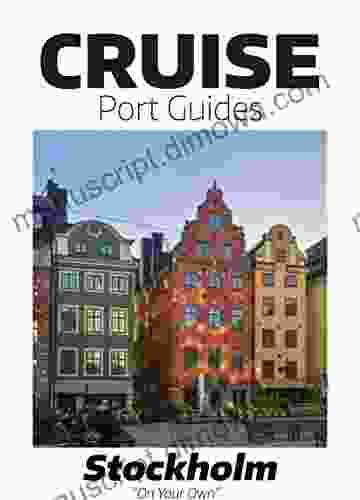
 Garrett BellStockholm On Your Own: The Ultimate Guide to Stockholm's Cruise Port and the...
Garrett BellStockholm On Your Own: The Ultimate Guide to Stockholm's Cruise Port and the... Gregory WoodsFollow ·16.6k
Gregory WoodsFollow ·16.6k Arthur C. ClarkeFollow ·7.9k
Arthur C. ClarkeFollow ·7.9k Patrick HayesFollow ·10.5k
Patrick HayesFollow ·10.5k Raymond ChandlerFollow ·18.8k
Raymond ChandlerFollow ·18.8k Corey GreenFollow ·19.6k
Corey GreenFollow ·19.6k Kirk HayesFollow ·4.2k
Kirk HayesFollow ·4.2k Dean ButlerFollow ·17.9k
Dean ButlerFollow ·17.9k Warren BellFollow ·7.5k
Warren BellFollow ·7.5k
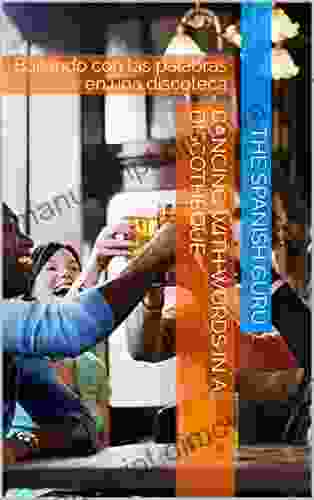
 Frank Mitchell
Frank MitchellStep Onto the Dance Floor of Spanish Fluency with...
Are you ready to take a...
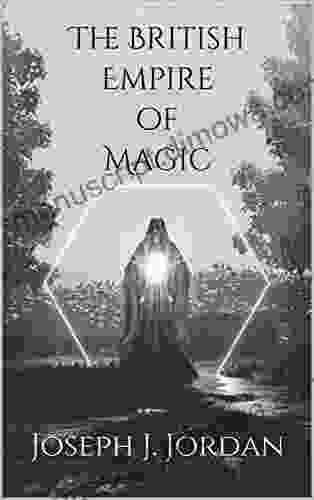
 Jarrett Blair
Jarrett BlairEscape into the Enchanting Realm of "The British Empire...
Embark on an Extraordinary Literary Journey...

 Gregory Woods
Gregory WoodsHitler Olympics: The 1936 Berlin Olympic Games
The 1936 Berlin Olympic Games...
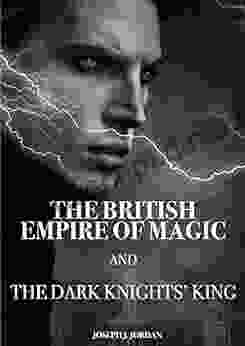
 Philip Bell
Philip BellThe British Empire of Magic and the Dark Knights King: An...
In the tapestry of literary...

 Jacob Hayes
Jacob HayesPerilous Journey of Danger and Mayhem: A Thrilling...
In the untamed wilderness,...
5 out of 5
| Language | : | English |
| File size | : | 16226 KB |
| Print length | : | 556 pages |
| Screen Reader | : | Supported |











